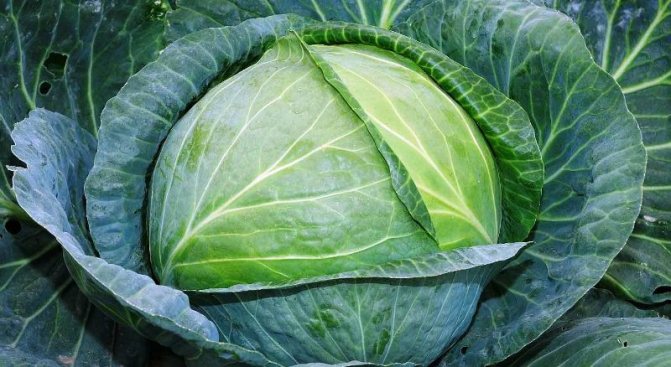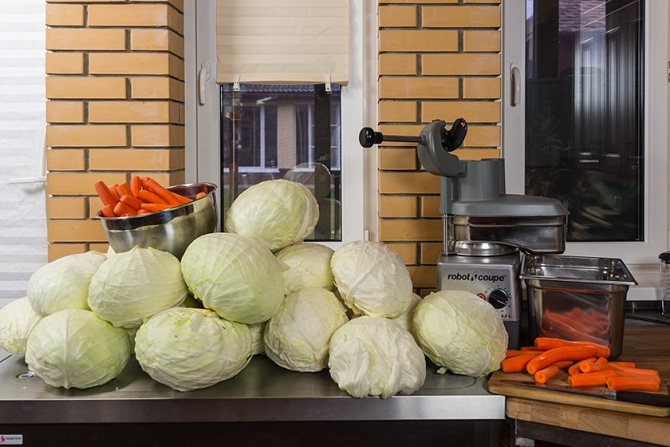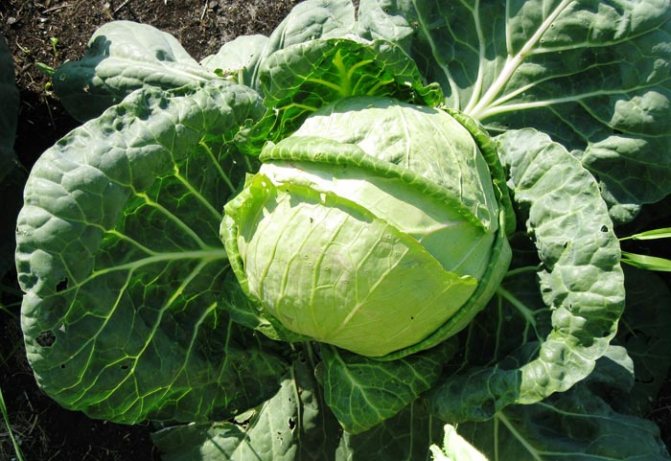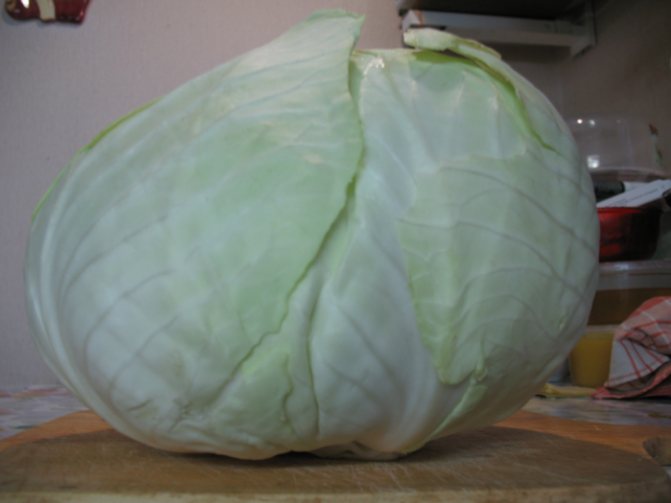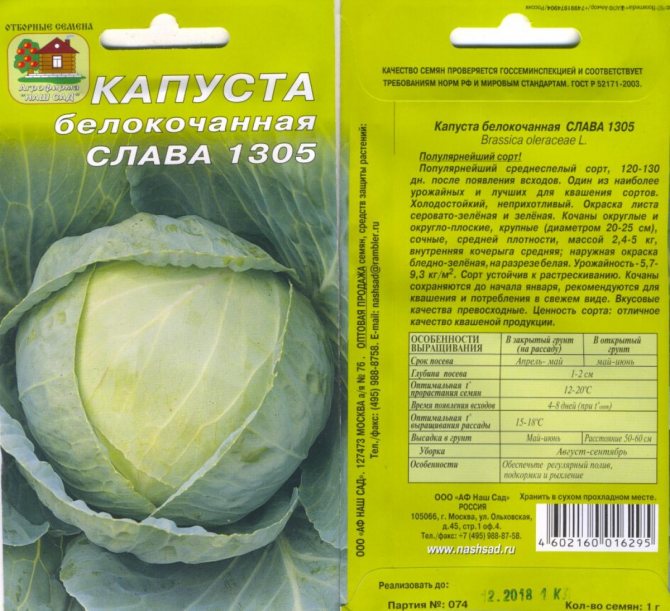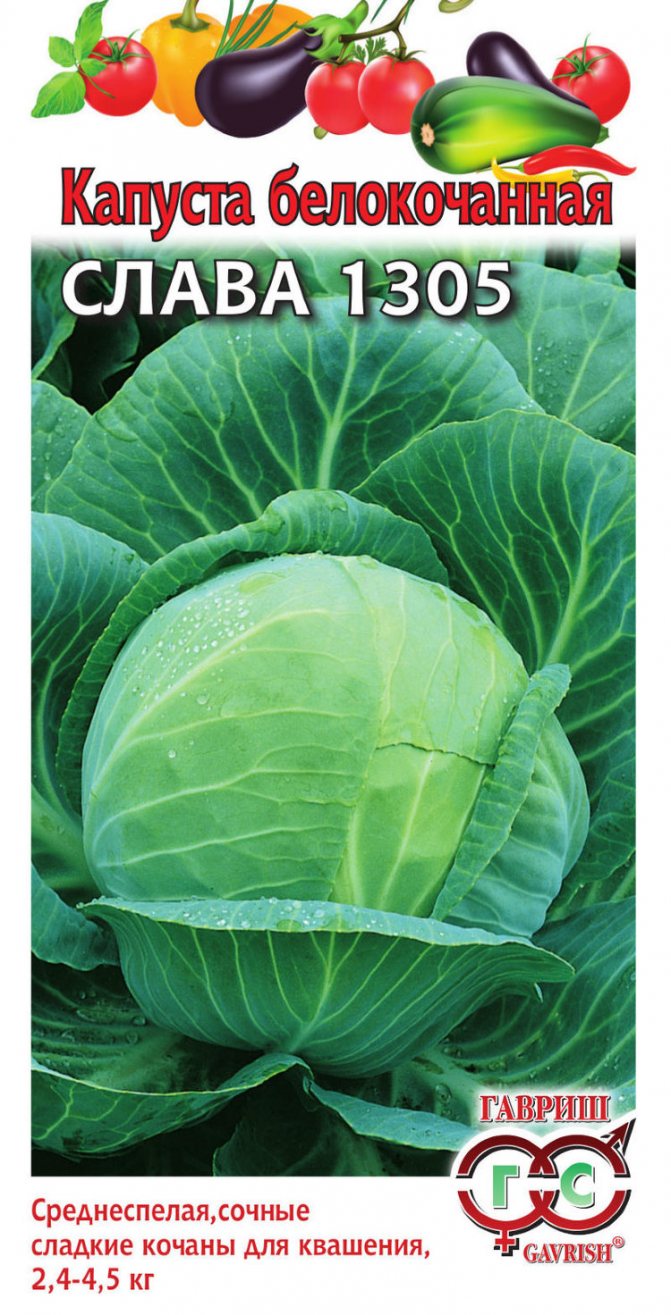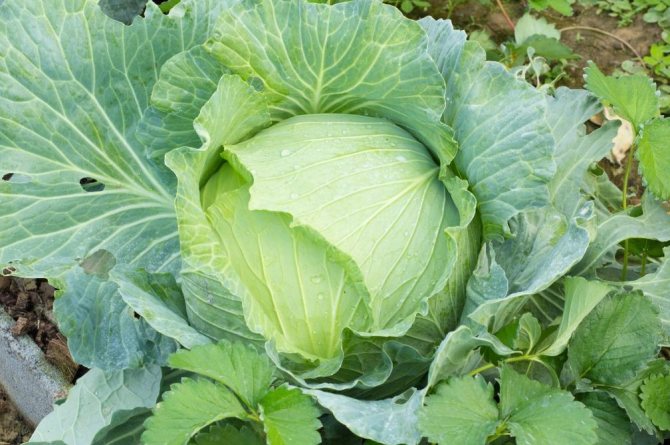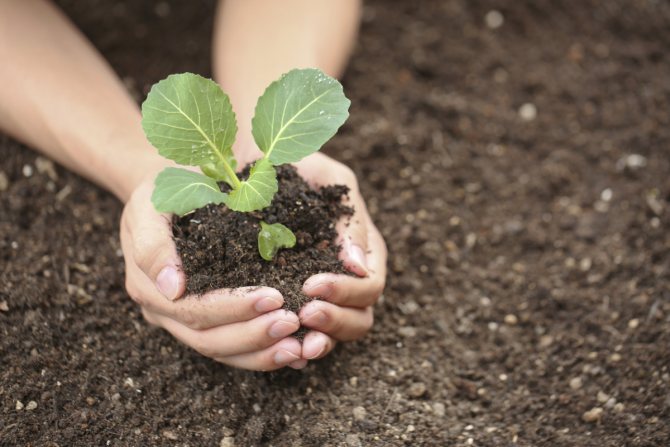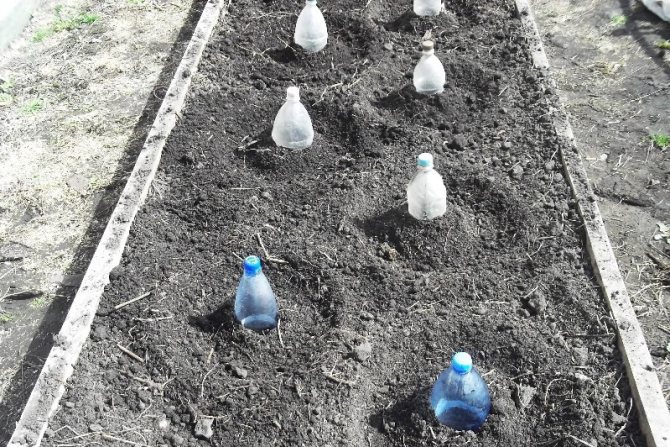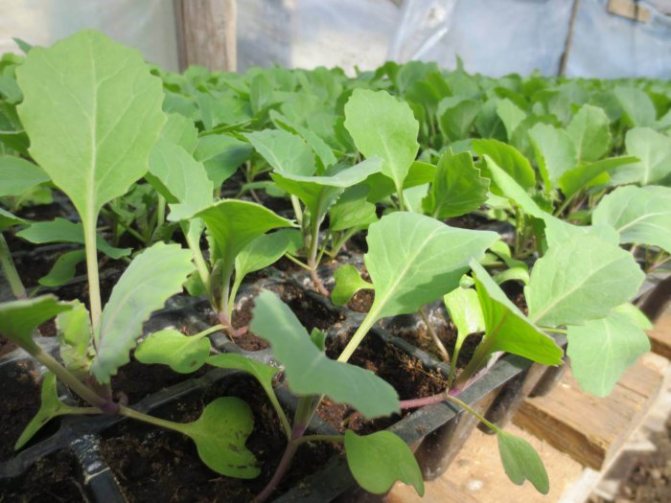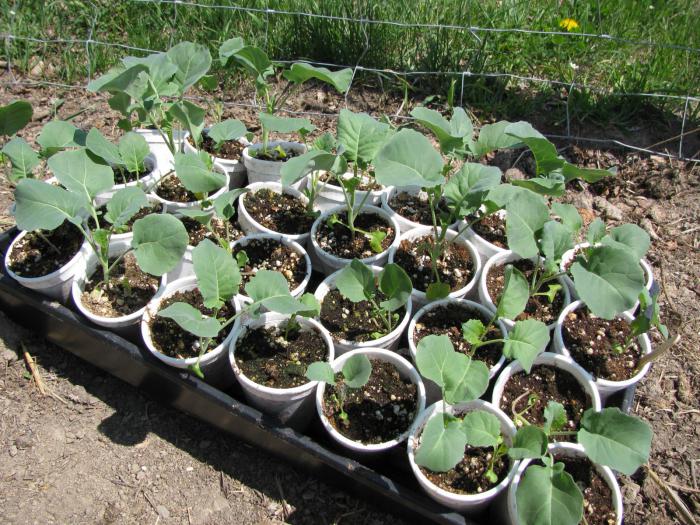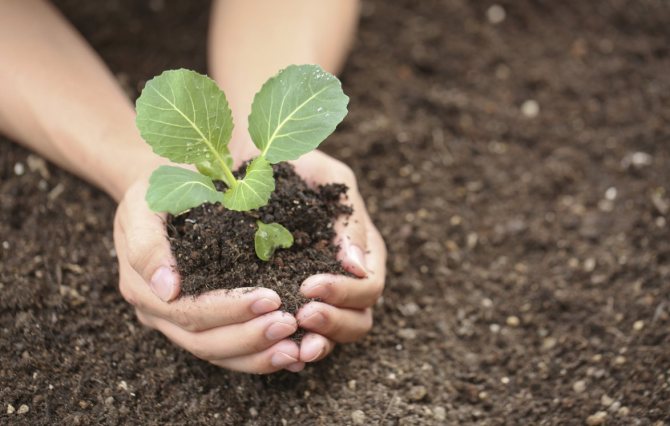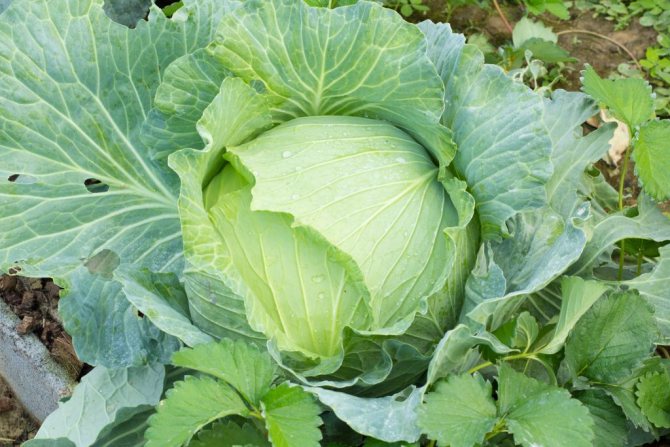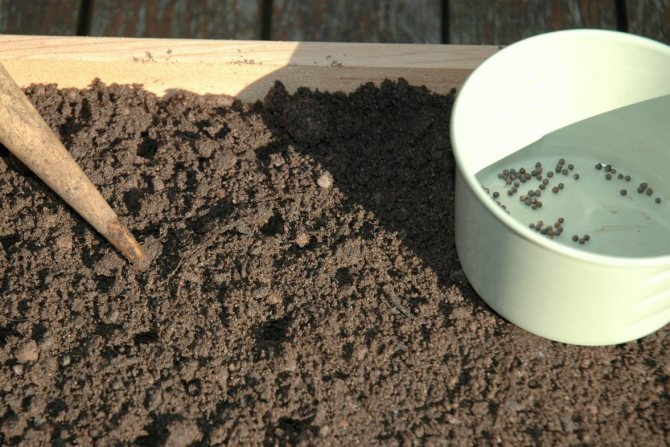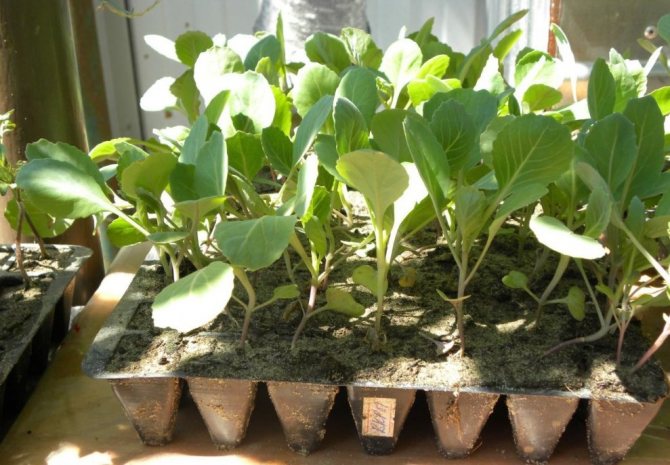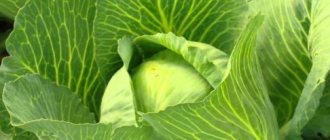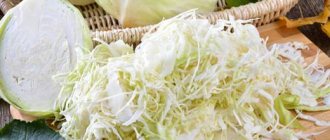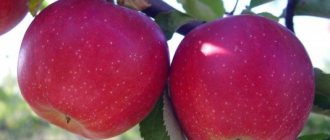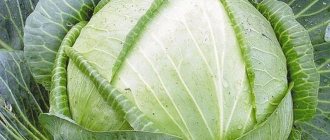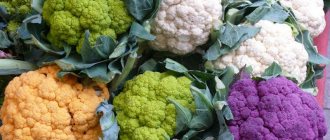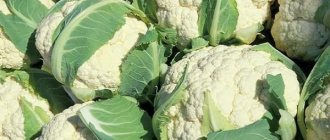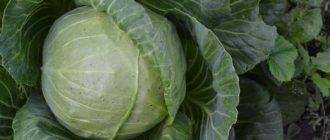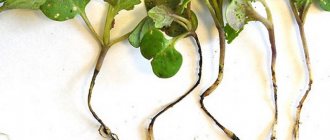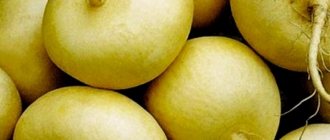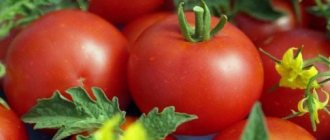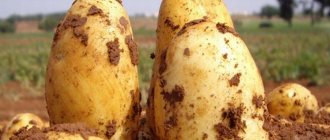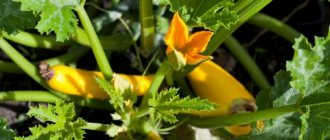Cabbage variety Slava belongs to the mid-season. This hybrid was previously grown only in the regions of the Non-Black Earth Region, but now it has become popular in other areas where the summer is drier. The variety has excellent taste and attractive appearance, but these are not its only advantages. The characteristics of Slava cabbage will be of interest to gardeners who are not yet familiar with this wonderful hybrid of domestic breeding.
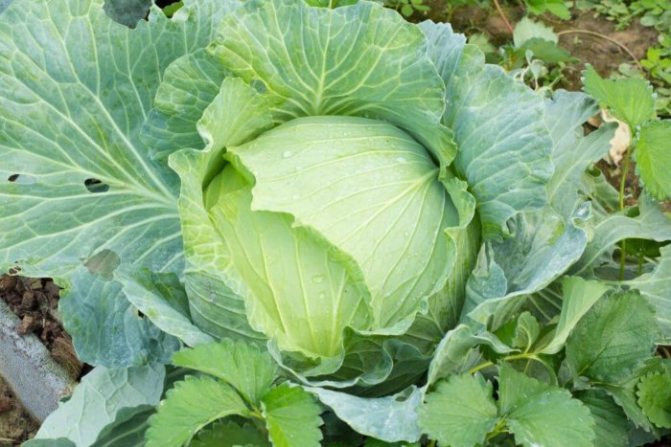
Cabbage variety Slava 1305
Slava 1305 and Slava Gribovskaya 231: what's the difference?
There are two varieties of Glory: number 1305 and cabbage Slava Gribovskaya 231. At the last, the forks are finally formed on the 100-110th day after germination. Ripening of cabbage Slava 1305 occurs two weeks later. However, this variety has proven to be superior in yield and crack resistance.
Slava Gribovskaya 231 also has advantages. For example, this is the density of a fork, which is about 3 kg on average. The yield of this variety is up to 9 kg per square meter. Slava 1305's forks grow up to 5 kg. Moreover, they have a lower density. But the yield is higher - up to 12 kg per square meter. It should also be remembered that 1305 is stored worse.
Care
It is necessary to ensure that the spring frosts do not harm the plants. If the weather forecast indicates the possibility of frost, you need to water the plants, since the wet ground keeps heat well. It is useful to cover the plants with polyethylene, but so that the film does not touch the seedlings.
It is necessary to water Slava 1305 cabbage infrequently, but abundantly, at the rate of 20 liters of water per square meter of land. Number of waterings - no more than 8 for the entire growing season. If you water more often, the forks will crack. Two weeks before harvesting cabbage, watering is stopped.
Important! If you notice that the head of cabbage is cracking, twist it a little around its axis. Having lost some of the small roots, the plant will not so actively absorb water.
After watering, the Slava cabbage is spud up. By doing this, you achieve several goals: pulling out weeds, improving the supply of oxygen to the roots.
Description of the variety
Even a brief description of Slava cabbage, placed on a bag of seeds, can attract both amateur gardeners and representatives of agricultural small and large businesses. Everywhere it is indicated that this variety is stable, popular, and fruitful. It is also attractive externally: on the cut it has a white color, and the outer leaves are light green in color with a barely noticeable waxy bloom. The forks of this cabbage are round or slightly flattened. Matured heads of cabbage weigh 2.5-4.5 kg (with a greater advantage in favor of 1305).
In the description of Slava cabbage, the term for the formation of the head is indicated: the 100-124th day, starting with mass shoots, that is, these are mid-season varieties. Among the reviews about Slava cabbage, the unpretentiousness to the soil, good tolerance to lack of water, as well as high yield rates stand out.
Cabbage of these varieties successfully resists mucous bacteriosis. It tolerates transportation well, does not burst, has an excellent presentation, due to which it is popular with dealers. Although fresh cabbage lasts until mid-winter, it can also be enjoyed sauerkraut.
Harvesting
Glory can be cut when the weight of the head reaches 0.5 kg. This takes place in the second half of July. Harvesting can take two weeks or more.If the stump, after cutting the fruit, is left in the ground, then small heads of cabbage will form on it by the fall, which are suitable for eating.
After harvesting, the cabbage should be dried, and the damaged upper leaves should be torn off. Some of the fruits can be fermented, the rest can be removed to the cellar. The storage room should also be dry, treating the walls and shelves with an antiseptic will prevent mold and rotting.
Heads of cabbage of medium size, medium-sized, dry, without visible damage, without cracks are better stored. When storing cabbage, you should not mix several varieties, since the fruits have unequal keeping quality, and the focus of decay can spread to neighboring heads of cabbage. The optimum humidity is 90–95%, the temperature is 0 ° C, with warmer air the cabbage will begin to sprout, and with low air it will freeze, and the core will darken when thawing.
- Suspension - for this method, you need to leave stubs with roots. Drive nails into the beam under the ceiling, hang the heads of cabbage upside down on them so that they do not come into contact with each other.
- In boxes - cut off all the stumps and put them in boxes with holes.
- Pyramid - put the heads of cabbage on a wooden stand in a checkerboard pattern, large ones below, small ones on top.
- Under the sand - put the cabbage in boxes, cover each layer with sand.
- In paper or film - wrap each head of cabbage with several layers of paper (it is better not to use newsprint) or cling film.
One way to store cabbage is by hanging the cabbage
Pros and cons of Slava cabbage
Since ancient times, the non-black earth part of Russia has played an important role in the development of the country since the beginning of its historical foundation. Therefore, it is not surprising that the bred variety was primarily focused on this part of the vast country, as can be seen from the description of Slava cabbage in various agricultural reference books.
Frequent rains in the Non-Black Earth Region contribute to the rapid maturation of cabbage, even with a weak soil saturation with humus. However, the bred variety gave good performance in the arid regions of the Russian Federation. Therefore, today the cultivation of Slava cabbage is recommended in almost all regions of Russia, as well as in Kazakhstan and Georgia.
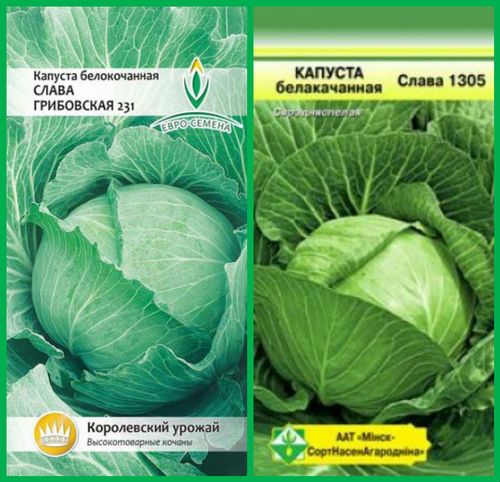

The disadvantages of cabbage include its susceptibility to keel - a disease that affects the root system and prevents the plant from developing normally. Also, cabbage is not spared by vascular bacteriosis and fusarium wilt. However, thanks to modern means of combating cabbage diseases and careful pre-sowing seed preparation, gardeners have learned to prevent these undesirable phenomena.
The positive aspects of these varieties of cabbage include
- high resistance to cold;
- low peduncle formation;
- resistance to cracking;
- good keeping quality;
- excellent transportability.
Application
In cooking
Slava cabbage is used in the preparation of first courses: soups, cabbage soup (also sour), and other similar dishes. Second courses are prepared from it in a boiled form, stewed, fried. Used as a filling for pies, pies, pancakes. They make cabbage rolls and other delicious dishes, prepare all kinds of salads and make juice.
In medicine
Cabbage and its seeds are used in alternative medicine to treat gout, dropsy, kidney failure, improve digestion, drink juice to soften cough. Cabbage juice has healing properties that help heal skin conditions and wounds on the epidermis.
When losing weight
In order to reduce weight, special cabbage diets have been developed, mono and in combination with other food products.
In cosmetology
Cabbage is used as a component of masks for skin and hair, rubbing, lotions, balms of various effects, wraps. A decoction of cabbage leaves is used to wipe the skin to increase its turgor.
Secrets of agricultural technology
When growing white cabbage Slava, two methods are applicable: seedling and seedling.But it was the seedling that gained the greatest popularity, since as a result, the forks have time to mature even in the northern regions of the Russian Federation.
But whichever method you choose, the first step is seedbed preparation. It is carried out either by seed producers (this is written on the package), or it is performed independently. First, the seeds are immersed in hot water (50-65 degrees) for a few minutes. Then they are placed in a 10-liter solution of water with potassium humate (10 g) for 12 hours, after which the seeds are dried and hardened at a temperature of 2 degrees Celsius. After a day you can go directly to the landing.
The optimal time for planting in the ground is early-mid April. It is best to focus on daytime temperatures of 13-18 degrees Celsius. The seeds are lowered to a depth of 1.5 cm at a distance of about 7 cm from each other.For better development, the plant needs an area of 25 cm. Therefore, seedlings are thinned out as needed.
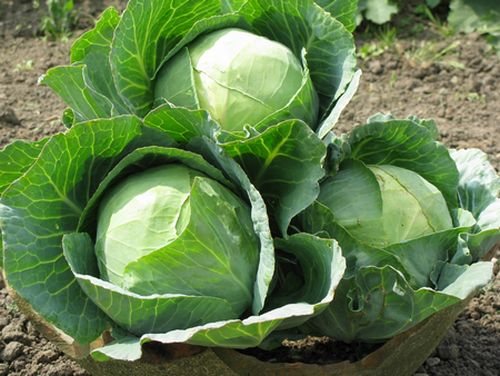

After the appearance of two true leaves, the first feeding is carried out. A mixture of superphosphate, ammonium nitrate and potassium chloride is prepared at the rate of 6g, 5g and 2g per 1 square meter, respectively. The composition is scattered between the plants, and the bed is watered. After a week, the operation is repeated.
A month later, when the sprout height reaches 15 cm, the cabbage is planted in open ground according to the 60x60 cm scheme. The bed is preliminarily watered abundantly with water. Cabbage Slava loves abundant watering (she needs up to 15 liters per 1 square meter). Watering is stopped a month before the planned collection of forks. Loosening and hilling are performed as needed. To prevent the earth from hardening, you can loosen it after each watering. In this case, weeds and the resulting crust are removed.
The second stage of feeding is carried out during the formation of heads of cabbage. The same composition is used as in the early stage, but with the addition of wood ash in an amount of 50 g per 10 liters of water. The procedure is repeated after 3 weeks.
Landing
Seedlings are sown one and a half months before transferring to the site. The seeds are hardened by soaking for 20-30 minutes in water at a temperature of +50, and then put in cold water for 3 minutes. Then it is etched in a 1% solution of potassium permanganate, washed and dried.
A nutrient substrate is prepared from garden soil mixed with peat, sand and wood ash are added. For disinfection, spill with a fungicide solution or ignite at +110 degrees. Sowing depth - up to a centimeter.
Before germination, slightly moistened crops are kept warm, then the temperature is lowered to +14 degrees. They dive when 1-2 leaves develop.
Planted according to the scheme 60 by 60 cm.
Testimonials
Judging by the reviews, Slava cabbage is liked by many gardeners. This culture is unpretentious and fruitful. However, sometimes the cultivation result is still disappointing. Here are the most common reviews about this cabbage:
Ekaterina, Perm In fact, the description of Slava 1305 cabbage on a package with seeds was enough for me to try to plant it at home. I did it according to all the recommendations, the result met all expectations. Unpretentious and rich in harvest. I buy it again next year.
Nikolay, Kursk region Reviews about cabbage Slava Gribovskaya 231 inspired optimism, but in fact a little disappointment. No, the harvest was good, but at an early stage it was necessary to remove a fourth of the seedlings with painful roots. But after a month the others were healthy and grew well.
Natalya, Poltava region Do you like to have a delicious dinner on a winter evening with crispy sauerkraut with onions and with the addition of fragrant sunflower oil? Then feel free to grow Slava cabbage! It is very good at preservation. I can't get enough of her for the third year.
Alina, Moscow Mom has been growing Slava in the country for 10 years. The forks are good, tight. Some reach up to 5-6 kg. But this is rare. More often there are 2-3 kg. Cabbage is stored well.In principle, it can lie until February-March.
Breeding history
Today there are two subspecies of the Slava cabbage variety on the seed market - Slava 1305 and Slava Gribovskaya... They differ in the density of the head of cabbage and, consequently, in the quality and duration of storage. Slava Gribovskaya matures a little earlier: by 7-10 days and is better preserved under standard cellar conditions, in contrast to variant 1305.
Slava cabbage was bred in 1940 at the All-Russian Research Institute of Selection and Seed Production of Vegetable Crops. The variety was originally recommended for industrial cultivation. Over time, his excellent qualities were appreciated by private gardeners. Today it is successfully grown throughout the country from the southern to the northern regions.
Read more about the types of cabbage here.
Summary characteristics of the variety (table)
| Variety or hybrid | grade |
| Ripening period | mid-season |
| Kochan | rounded, rounded flat, dense |
| Stump | small |
| Disease resistance | varieties are moderately resistant to major diseases |
| Fruit weight, g | 2500-4500 |
| Growing areas | the entire territory of the Russian Federation, as well as Georgia, Kazakhstan, Ukraine, Moldova |
| Disembarkation scheme | 50-60cm x 60cm |
| From germination to ripeness | 100-124 days |
| Seeding depth | 1.5 cm |
| Seedling age | 30 days |
| Soil temperature for planting seeds / seedlings | +4/+12 |
| Benefits | transportable, resistant to cracking, excellent taste |
| disadvantages | susceptible to carinae, fusarium and vascular bacteriosis |
When to remove from the garden, is it suitable for salting
Slava cabbage is mid-season. Harvesting is carried out approximately 3.5 months after germination. Heads of cabbage are harvested in August-September. Harvesting is carried out in several stages, as they mature. Often this procedure is delayed for 15–20 days. The harvested crop is freed from diseased foliage and dried.
Then it is sent to the cellar, where it is hung by a stump from the ceiling, laid out in a slide in a checkerboard pattern on boards, or put into wooden lattice boxes. In order for the harvest to lie for 4 months, the temperature in the cellar must be 0 ° C and humidity - 90%.
Learn also about such varieties of cabbage as: Gift, Kolobok, Rinda and Belorusskaya.
Having familiarized yourself with the positive qualities of the variety and the nuances of its agricultural technology, we can conclude that the choice of Slava cabbage for planting on your own plot is an excellent solution. Observing all the rules for its cultivation, you can get a crop with good marketability and taste.

